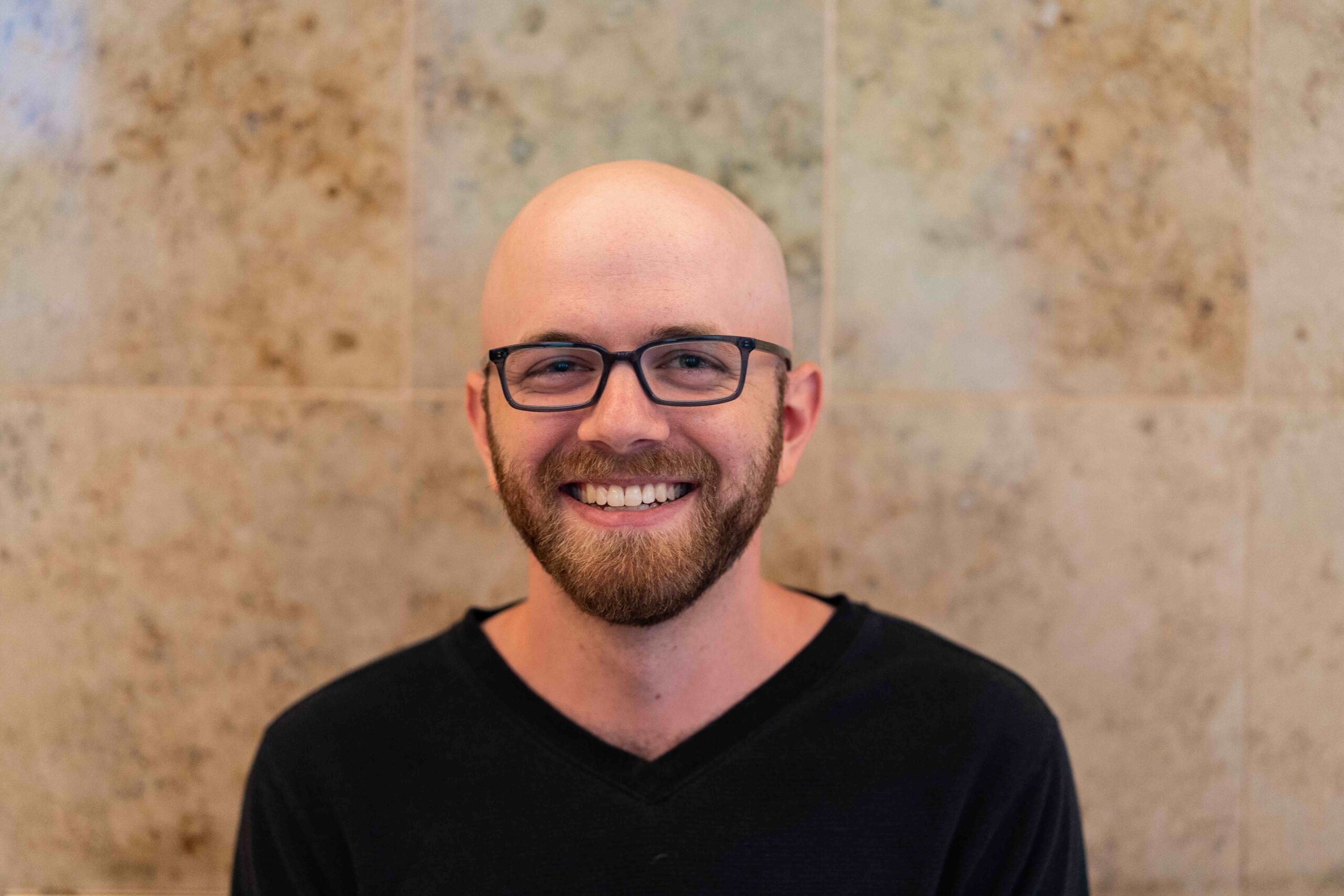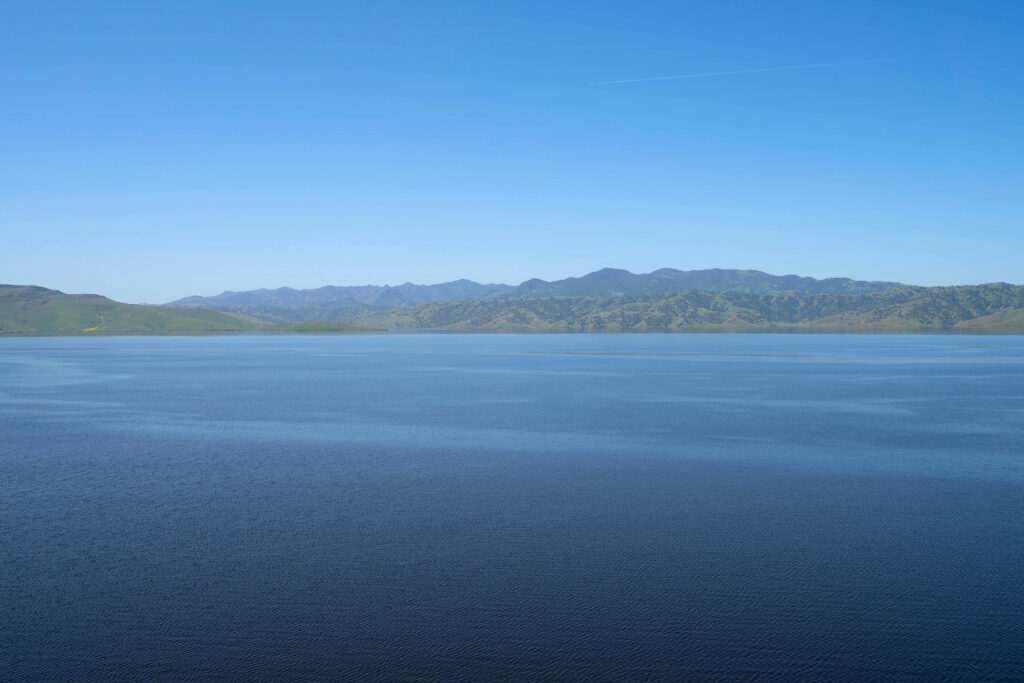More than 30 years ago, a piece of federal legislation dropped like a bomb on California’s Central Valley farmers.
Reverberations from that legislation continue through today. Just last month, a San Joaquin Valley congressman added language to an appropriations bill that would unwind a key portion of the 1992 Central Valley Project Improvement Act (CVPIA).
The CVPIA was the first legislative attempt to give the environment and others a seat at the state’s water table. It was a big bill with 10 areas of change to the federal Central Valley Project, a 400-mile system of dams and canals that spans California from Redding to Bakersfield.
One of its cornerstones was that 800,000 acre feet of water per year would be carved out of supplies that had been sent to towns and farms and redirect it to the environment instead. Specifically, the legislation hoped to save salmon populations, which had been crashing.
Thirty-one years later, salmon are still on the brink.
Now, Republican lawmakers are trying to get rid of the environmental protections in the CVPIA for good. An appropriations bill passed by the House of Representatives in late October included a sentence inserted by David Valadao (R-Hanford) which would do away with the CVPIA’s environmental protections entirely.
The sentence reads, “the Secretary of the Interior shall deem complete the fish, wildlife, and habitat mitigation and restoration actions mandated under section 3406 of the Central Valley Project Improvement Act.”
It’s an action that would remove environmental protections that advocates and tribes say have not yet come close to completion.
The CVPIA was passed in 1992 when salmon populations were crashing and there was an outcry to make sure that fish, wildlife and refuges got their share of water, said Patricia Schifferle, director of Pacific Advocates, a water consulting firm.
It wasn’t just aimed at environmental protections though. The CVPIA, “opened the door to a wide range of exchanges and transfers,” said Schifferle.
Before 1992, federal water from the CVP was largely not available for transfers, selling and exchanges, such as water from California’s State Water Project. The CVPIA changed that and allowed for much broader management of federal water.
But the CVPIA also included provisions for environmental mitigation and restoration and was meant to give tribes and fish and wildlife a seat at the table.
“Many of the irrigators south of the delta viewed it as Armageddon,” said Schifferle. “That they were going to be left high and dry.”
That fear is what has led to legislation such as H.R. 4394, the bill that carries Valadao’s effort to get rid of the CVPIA protections, she added.
The bill is likely, “dead on arrival” when it gets to the Democrat controlled Senate, said Schifferle.
But Valadao has hope for the bill.
“I’d love for it to pass the Senate,” said Valadao. Because it’s an appropriations bill, it can’t be ignored, he added.
“They have to do something, either strip the language, fix the language, or pass the language. But they can’t just ignore it like they do with regular pieces of legislation that we send over there.”
When asked specifically about the sentence targeting the CVPIA, Valadao said he and his staff would have to look at the language closer to give an answer. A spokesperson followed up with SJV Water via email.
“The bill language directs the Secretary of the Interior to prioritize the completion of projects that have been prolonged since the CVPIA’s enactment in 1992,” wrote a spokesperson from Valadao’s office via email. “These projects have drained resources from water authorities and their contractors for environmental aims that are not close to being met, and which little progress has been made in the last 30 years. This language gets the ball rolling on rounding out these environmental projects so that we can deem the CVPIA as complete.”
But the reason the environmental goals haven’t been met is because they have mostly been thwarted and ignored, said Schifferle.
An independent review of the CVPIA, published by the Bureau of Reclamation in 2009, supports that claim.
“Implementing agencies have been negligent in interpreting and implementing the co-equal environmental mandates of the Act through uneven application of its authorized administrative powers,” the review states.
The review also found misallocation of funds at the expense of restoration and a lack of connection between ecological priorities and water supply decision making.
“The restoration envisioned in the CVPIA has barely begun,” said Bill Kier, fisheries scientist and senior project administrator with Kier Associates, an environmental science consulting firm. “It’s just been poor performance.”
The Trinity River, where salmon populations have been devastated, was supposed to be restored through the CVPIA mitigation efforts. That hasn’t happened, according to members of the Hoopa Valley Tribe.
“This bill directs the Secretary of the Interior to lie to the Nation,” said Hoopa Valley Tribal
Chairman Joe Davis, in a press release. “Our fishery isn’t restored; it hangs in the balance. Sponsors of this legislation know that.”
In September, House Democrats spoke out against the bill, specifically raising red flags about Valadao’s “poison pill” rider and pleading for the bill not to be passed.
The riders, “would threaten equitable water access to communities, undermine tribal water rights, damage valuable ecosystems, as well as the communities and jobs across both California and Oregon that depend on healthy salmon runs – and cause irreparable harm to species already on the brink of extinction,” wrote 21 members of Congress in a letter addressed to the Democrat leaders of the House.
Valadao is running for reelection in 2024 in a highly anticipated race against former California assemblymember Rudy Salas. Valadao beat Salas in 2022 for his current seat.
Share this:
- Click to share on Facebook (Opens in new window)
- Click to share on Twitter (Opens in new window)
- Click to share on LinkedIn (Opens in new window)
- Click to share on Reddit (Opens in new window)
- Click to share on Tumblr (Opens in new window)
- Click to share on Pinterest (Opens in new window)
- Click to share on Pocket (Opens in new window)
- Click to share on Telegram (Opens in new window)
- Click to share on WhatsApp (Opens in new window)
- Click to print (Opens in new window)








